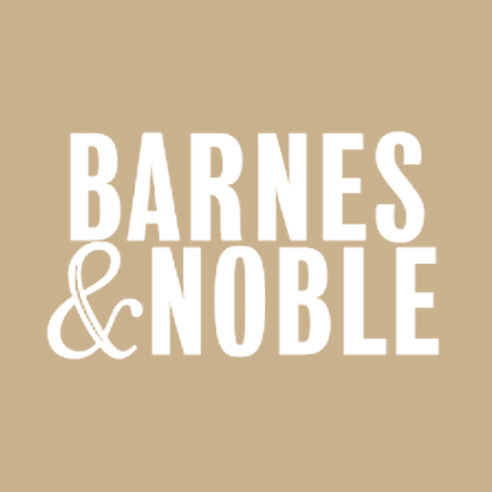We had a lot of fun with it
on my facebook page, https://www.facebook.com/chitradivakaruni,
noting which ideas people related to most. For me, it was numbers 18 and 2, Carry
a Notebook Everywhere, and Allow Yourself to Make Mistakes, in that order. I'll
write about Using a Writer's Notebook, which I do in several ways, in another
post. But for now, I want to explain why I believe allowing ourselves to make
mistakes in our writing is so important.
When we are afraid to make
mistakes, it means that the little voice in our head is in control. This is the
voice that tells us, This is no good; or, Better do something that's tried and
tested that you know works; or, I don't think readers will like/understand/be
interested in this; or, What makes you think you can pull this off?or, People
will laugh at you for attempting this. (I say "us" hopefully. I sure hope I'm
not the only one who hears this subversive voice!)
It's really important to
get past this voice, and sometimes to do that we have to consciously push
against what we think our limitations are--and this can be a bit frightening. Sometimes
it helps to think of what we're writing (this could be a paragraph, a scene, an
entire story, a novel) as a game or an experiment.(I often tell myself, If it doesn't work,
I'll throw it away & no one needs to even know I tried it).
For instance: Men's voices
don't come to me as well as women's, so I forced myself to write a story titled
"The Disappearance" (later published in my collection Arranged Marriage),from the
point of view of a husband whose wife disappears one day, leaving him to obsess
over what might have become of her. It was difficult. I stuttered and came to a
stop a couple of times. I began the exercise in the first person, and realized
after a while that I needed more distance. After some rewriting, the story
ended up in a close third person point of view, and I believe this allowed me
to bring out the complexities and ironies in the situation (the man is abusive
but doesn't realize it until the very end of the story) far better than if I
had told the story from the wife's point of view.
I wrote a big chunk of my
first novel Mistress of Spices as a
collection of linked poems before I figured out that that was not the right
form for this tale of magical realism set in inner-city America. I had to
rewrite the entire first part, but I gained several valuable insights from the
experiment. Mistress of Spices ended up as my most poetic novel, filled with
unconventional verbal leaps, and this elliptical style strengthens the mystery
and magic that permeate the story.











